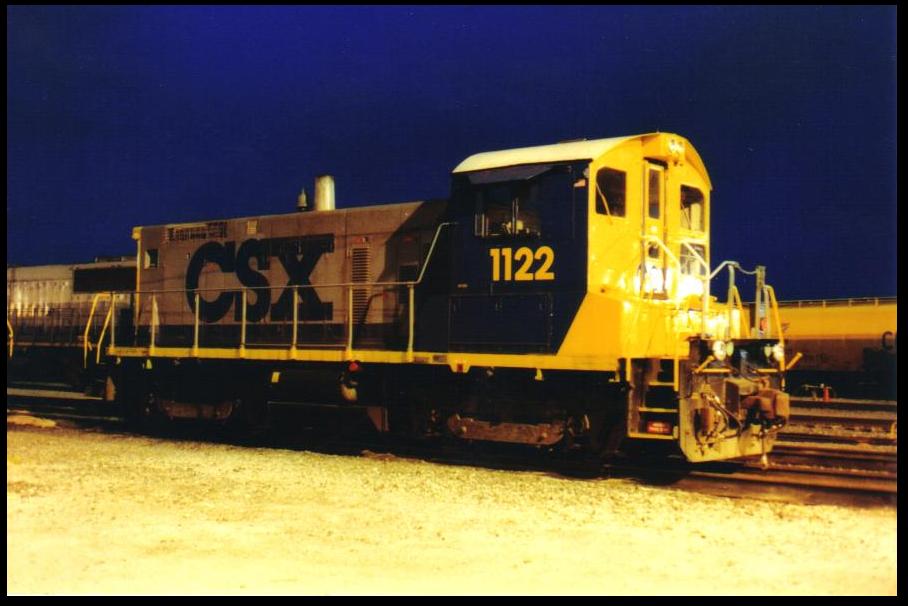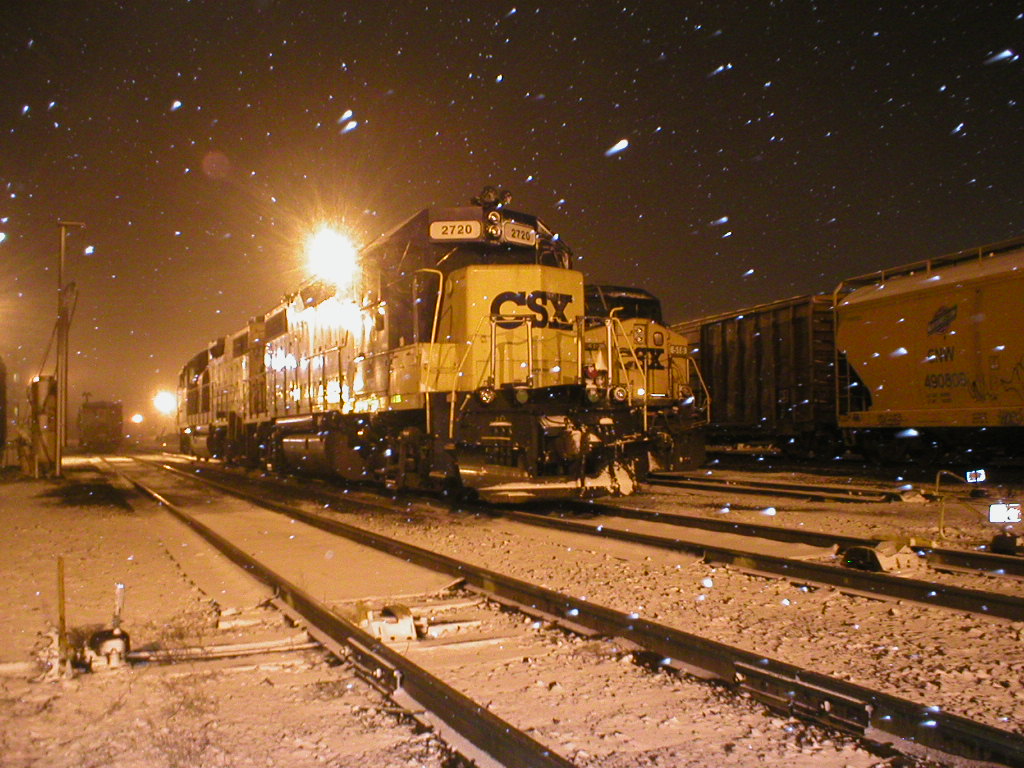Night photography is something I am still learning to do. I do enjoy it and take advantage of it when I can. With that said, I thought I'd share a few of my night photos.
NS local H80 at Lyndhurst, NJ on September 17, 2005 (was told by some that this photo is overexposed)
http://octrainguy.rrpicturearchives.net ... ?id=282571
A second view of the engine before backing the cars in:
http://octrainguy.rrpicturearchives.net ... ?id=282569
An organized night photo shoot at the Black River & Western in Ringoes, NJ on August 21, 2004.
http://octrainguy.com/Brw752-night01.jpg (Train pulling into the station)
http://octrainguy.com/Brw752-night02.jpg
http://octrainguy.com/Brw752-night04.jpg
Some night photos of Conrail Shared Assets Local SA31 on the Southern Secondary (ex-CNJ Southern Division Main Line)
http://octrainguy.com/Ns3055_night2.jpg
http://octrainguy.com/Ns3055_night3.jpg (using a fish eye lens)
http://octrainguy.com/Ns5282-01162005.jpg
http://octrainguy.com/Ns5282-01022005c.jpg
http://octrainguy.com/Mar1403-4441.jpg
If anyone wants to add their night shots, feel free.
NS local H80 at Lyndhurst, NJ on September 17, 2005 (was told by some that this photo is overexposed)
http://octrainguy.rrpicturearchives.net ... ?id=282571
A second view of the engine before backing the cars in:
http://octrainguy.rrpicturearchives.net ... ?id=282569
An organized night photo shoot at the Black River & Western in Ringoes, NJ on August 21, 2004.
http://octrainguy.com/Brw752-night01.jpg (Train pulling into the station)
http://octrainguy.com/Brw752-night02.jpg
http://octrainguy.com/Brw752-night04.jpg
Some night photos of Conrail Shared Assets Local SA31 on the Southern Secondary (ex-CNJ Southern Division Main Line)
http://octrainguy.com/Ns3055_night2.jpg
http://octrainguy.com/Ns3055_night3.jpg (using a fish eye lens)
http://octrainguy.com/Ns5282-01162005.jpg
http://octrainguy.com/Ns5282-01022005c.jpg
http://octrainguy.com/Mar1403-4441.jpg
If anyone wants to add their night shots, feel free.










